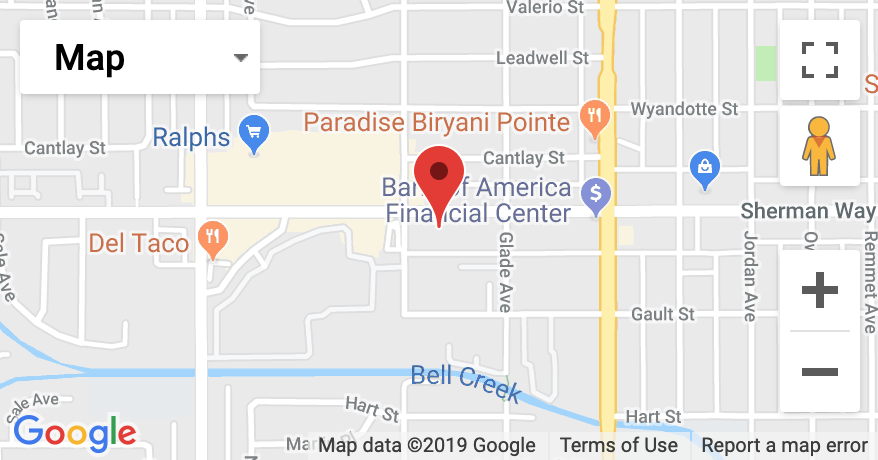What is TMJ?
The jaw muscles and joints that allow us to open and close our mouths are referred to as the temporomandibular joints (TMJ). These joints are located on each side of the face and control the mandible (i.e., lower jaw) as it moves backward, forward and side to side, the temporomandibular joints work together whenever we speak, chew or swallow. In addition, these are the joints that connect the jaw to the skull.
The Inner Workings of the Temporomandibular Joints
Each temporomandibular joint consists of a ball and socket joint with a shock-absorbing disc in between: this disc essentially cushions the load placed on the joint, allowing us to comfortably open, close, glide and rotate our jaw.
The bones that interact with these joints are covered with cartilage. The movement remains smooth due to the shock-absorbing disc. However, any issue that affects the ability of the temporomandibular joints’ complex system of ligaments, muscles, bones and discs to work together could lead to a painful condition referred to as temporomandibular joint disorder (TMD) or temporomandibular joint syndrome, or, simply, TMJ.
Common symptoms of TMJ include:
- Aching in and around the ear.
- Jaw tenderness or pain.
- Facial pain.
- Difficulty chewing.
- Temporomandibular joint pain (one or both joints).
- Pain while chewing.
- Difficulty opening or closing the mouth.
Treating TMJ
For the most part, the symptoms associated with this condition are temporary. The pain and discomfort experienced can be addressed using nonsurgical treatments or self-managed care. Surgical intervention is always the last resort: Only being considered after conservative measures fail.
What Causes TMJ?
Sometimes, the reason a person develops temporomandibular joint disorder is difficult to determine because pain can result due to a variety of factors, including cartilage damage caused by arthritis, a jaw injury or even genetic issues like incorrect tooth and jaw alignment. People who clench their teeth regularly or who have bruxism, a condition in which someone subconsciously grinds his or her teeth while asleep, are at a higher risk of developing TMJ; however, there are people who clench their teeth or have bruxism and never develop temporomandibular joint disorders.
Is It Temporomandibular Joint Disorder or Something Else?
A TMJ disorder typically causes clicking sounds and irritating sensations when opening the mouth or while chewing. If you are not experiencing any limitation of movement or clicking in your jaw, then you most likely do not have TMJ.
When to Seek Treatment
If you cannot open or close your jaw all the way, or if you are experiencing persistent tenderness or pain in your jaw, contact the Heritage Oral Surgery and Implant Center location that is the most convenient for you today. We can help determine what is causing your pain. Once we have a diagnosis, your personalized treatment plan will be created. We have offices located in Valencia, Palmdale and West Valley, California.








Leave a Reply
Want to join the discussion?Feel free to contribute!